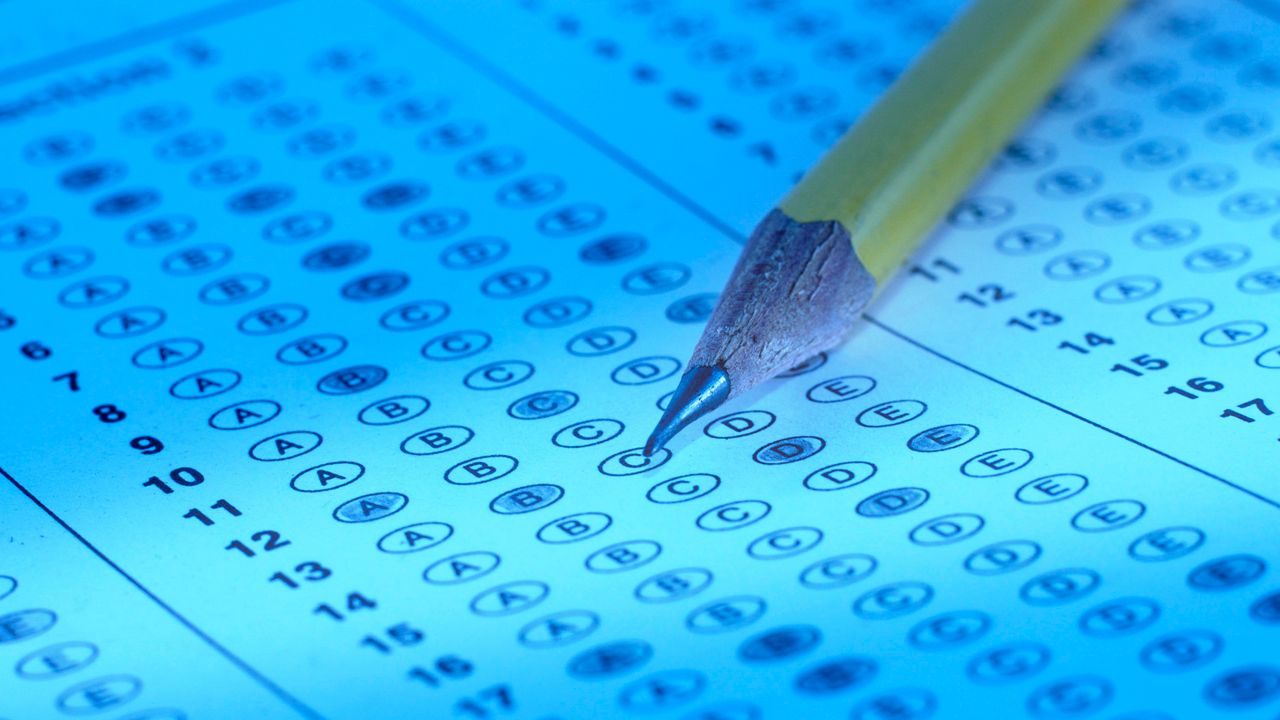Austin, TX
Texas glass house is not for Elon Musk, X owner says

Chief Executive Officer of SpaceX and Tesla and owner of Twitter, Elon Musk attends the Viva Technology conference dedicated to innovation and startups at the Porte de Versailles exhibition centre on June 16, 2023 in Paris, France. Elon Musk is visiting Paris for the VivaTech show where he gives a conference in front of 4,000 technology enthusiasts. He also took the opportunity to meet Bernard Arnaud, CEO of LVMH and the French President. Emmanuel Macron, who has already met Elon Musk twice in recent months, hopes to convince him to set up a Tesla battery factory in France, his pioneer company in electric cars.
Chesnot/Getty Images
It is with great pains that I can report that we are no closer to a real answer, despite a slew of recent reports on Musk’s Texas digs.
At the end of August, the Wall Street Journal wrote about an investigation by Manhattan federal prosecutors into a potential misappropriation of Tesla funds. The money in question was allegedly being used, the Tesla board first investigated, to construct an elaborate glass structure in Austin known internally, per the Journal’s report, as a home for Elon Musk.
Advertisement
Article continues below this ad
Referred to as Project 42, the Securities and Exchange Commission has opened a separate civil investigation into the project.
The news came with a slew of denials from Musk on X, formerly known as Twitter, another of the billionaire’s business dealings.
“I’m not building a house of any kind, let alone a glass one!” Musk posted on Thursday, August 31.
Advertisement
Article continues below this ad
He continued the next day, recognizing the irony of the most online person in the world building a literal glass house.
“Just want to reiterate that there is no glass house (metaphors don’t count lol) built, under construction or planned! he wrote. “I’m not building any house of any kind anywhere. Period.”
Advertisement
Article continues below this ad
It’s a tough one for Musk to own up to, because his cultural image is paradoxical. He is at once the selfless servant of humankind, forgoing vacations and personal property to dedicate his life to going to Mars or whatever. But he’s also the “epic” billionaire playboy, dating singers and actresses, flying on his four private jets, partying in Baja. His dedicated fans like him for the whole package.
After that party in Cabo San Lucas, where Musk danced the night away, he eventually did find a place to crash. He said he slept in his car.

Austin, TX
Peachtree Group opens Austin, Texas, office

Austin, TX
Austin traffic increased after state workers returned to office, but travel speeds barely changed

Traffic volumes on Austin’s highways climbed after state employees were ordered back to the office full-time March 31, according to new data obtained by KUT News. But average travel speeds during morning and afternoon rush hours were little changed on Interstate 35, MoPac and U.S. Highway 183.
City streets showed even less fluctuation in travel times, aside from some construction zones.
Perhaps it shouldn’t be a surprise. Government employees make up less than 2% of the 1.5 million workers in the Austin-Round Rock-San Marcos metro area, according to the Bureau of Labor Statistics.
The mixed results also reflect a complicated reality: traffic congestion is shaped by overlapping forces — everything from crashes to signal timing — not just the number of vehicles on the road.
Nathan Bernier
/
KUT News
“When you start talking about traffic, there are lots of things in play besides what you’re thinking about,” said David Schrank, senior research scientist at the Texas A&M Transportation Institute. “We can look in generalities at what’s happening, but it’s very difficult to pinpoint.”
KUT News requested Texas Department of Transportation (TxDOT) data comparing the first week of the state’s return-to-office mandate with the first week of March to avoid muddying the numbers with the spring break slowdown.
The week of March 31, highway traffic volumes increased most on I-35 at Onion Creek Parkway. About 5% more cars and trucks traveled on weekdays in both directions, suggesting more people commuting from suburbs south of Austin.
But during the morning commute, defined as 6 to 10 a.m., average weekday travel speeds on I-35 at Onion Creek actually increased from 18 to 28 miles per hour. The afternoon commute saw a more predictable drop in southbound travel speeds from 28 to 25 miles per hour.
One factor could be that workers now have more flexibility to decide when they hit the road.
“They might take a call at the house before they leave,” Schrank said. “And then, ‘OK. I’m going to drive in now. Traffic sort of died down.’”
City traffic data — supplied by the traffic analytics company INRIX — shows little change on local streets.

That’s not to say certain pockets could be worse.
“I think the data doesn’t necessarily indicate where hotspots may be,” said Brian Craig with the city of Austin’s Transportation and Public Works Department. “So that is something that we are actively looking for.”
The city monitors intersections with cameras and adjusts traffic signal timing as needed, especially in areas where return-to-office orders might put more cars and trucks on the road.
One focus has been the TxDOT campus on Stassney Lane, where state employees returned to a site where they struggled to find parking.
“We’ve made [traffic signal] timing adjustments,” Craig said. “We know if we had not, it certainly would have become a very hot spot as far as congestion goes.”
Cesar Chavez Street to the west of I-35 was another trouble area. Construction at the Austin Convention Center slowed travel times by as much as 37%, but only during permitted working hours of 9 a.m. to 4 p.m.
One of Austin’s most reliably jammed roads didn’t change much. I-35 at Lady Bird Lake averaged about 10 miles per hour during the afternoon commute before the state’s return-to-office mandate.
The week after? Still 10 miles an hour.
Austin, TX
Texas House takes steps to get rid of STAAR testing

AUSTIN, Texas — Texas lawmakers have taken the first steps in eliminating Texas’ standardized testing. The Texas House gave an almost unanimous initial approval of House Bill 4 that would get rid of the State of Texas Assessments of Academic Readiness test, or STAAR, on Monday.
The STAAR test is a standardized test administered in Texas public schools. It is used to evaluate student and teacher performances and assess the state’s accountability ratings, rated on an A-F scale. Poor scores could result in state sanctions such as a state takeover, which Houston ISD saw in 2023.
HB4 would replace the STAAR test.
The Texas Senate passed a similar bill last month. Both the Texas Senate and the Texas House want to remove the STAAR test with lawmakers claiming the test “leads to anxiety in our classrooms” for teachers and is rigorous for students. HB4 proposes shorter tests to allow for more instruction time and change how students are graded.
The bill still needs to pass in the Texas Senate before heading to Gov. Greg Abbott’s desk. If passed, the pressure would be on the Texas Education Agency to provide new tests as early as this fall.
-

 Austin, TX4 days ago
Austin, TX4 days agoBest Austin Salads – 15 Food Places For Good Greens!
-

 Education1 week ago
Education1 week agoIn Alabama Commencement Speech, Trump Mixes In the Political
-

 Technology1 week ago
Technology1 week agoBe careful what you read about an Elden Ring movie
-

 Culture1 week ago
Culture1 week agoPulitzer Prizes 2025: A Guide to the Winning Books and Finalists
-

 Technology6 days ago
Technology6 days agoNetflix is removing Black Mirror: Bandersnatch
-

 Education1 week ago
Education1 week agoUniversity of Michigan President, Santa Ono, Set to Lead University of Florida
-

 World6 days ago
World6 days agoThe Take: Can India and Pakistan avoid a fourth war over Kashmir?
-

 News6 days ago
News6 days agoReincarnated by A.I., Arizona Man Forgives His Killer at Sentencing















